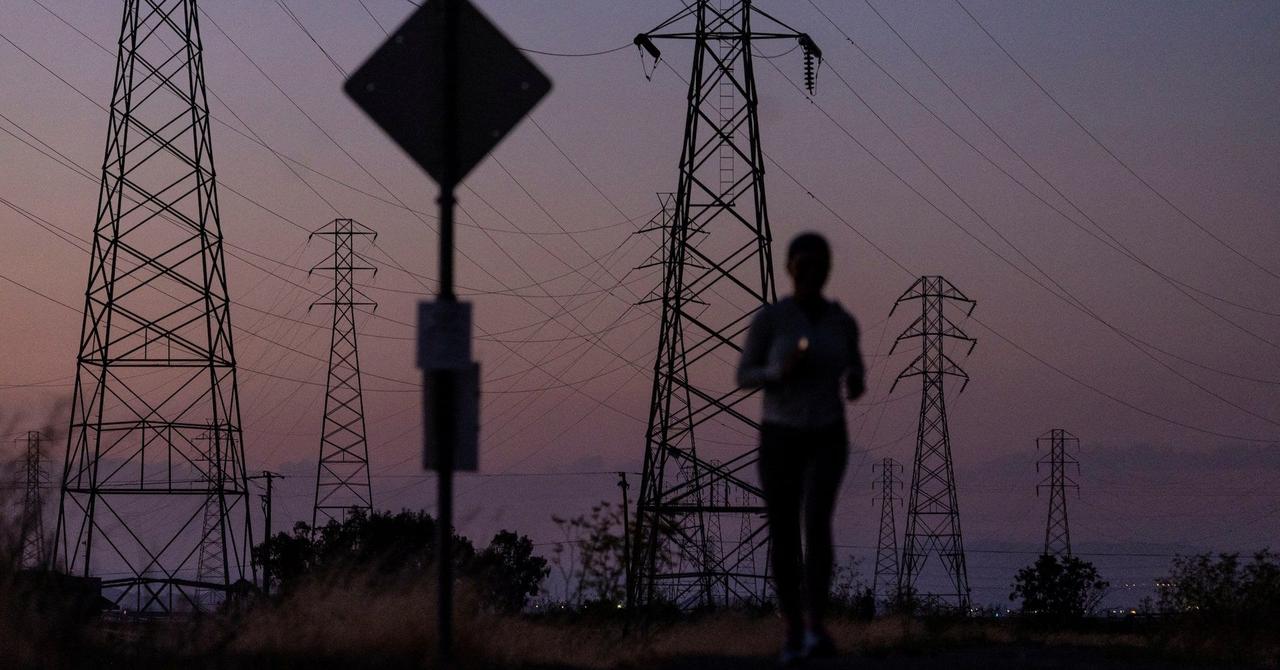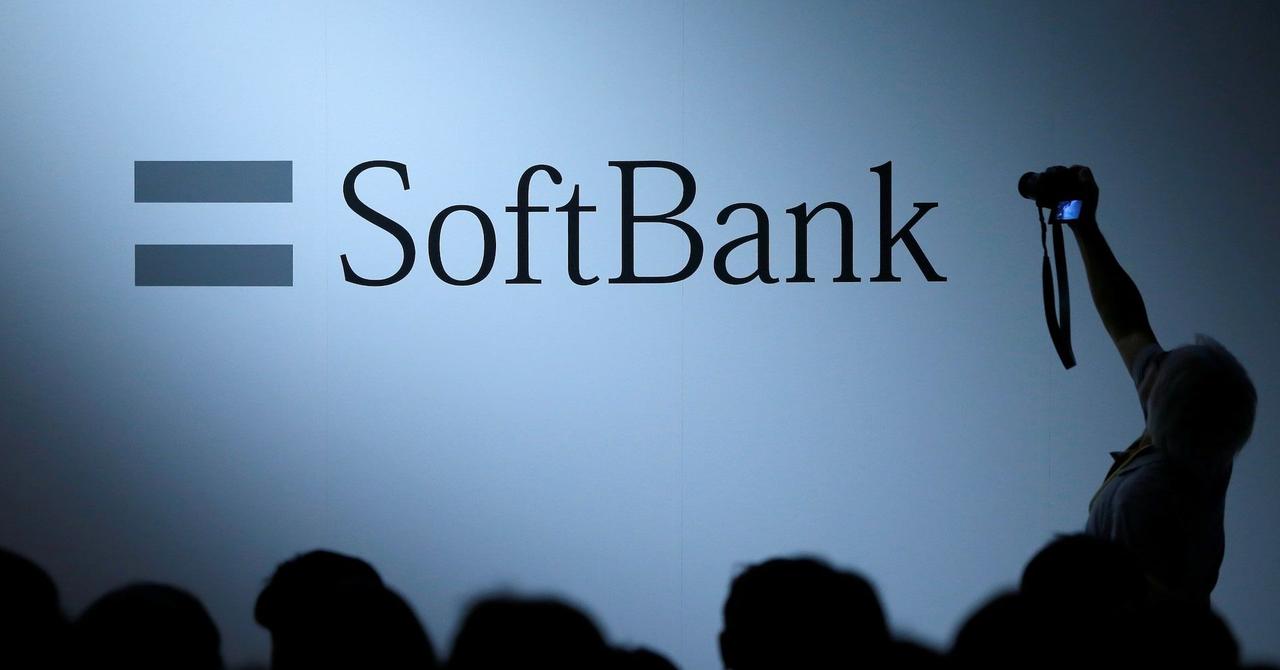US Utilities Anticipate Surge in Power Demand from AI-Driven Data Centers
3 Sources
3 Sources
[1]
US utilities signal booming demand from data centers as AI takes root
Aug 12 (Reuters) - U.S. utilities are finally inking concrete supply deals with data-center operators hungry for more power amid a boom in artificial intelligence, paving the way for higher sales and profit in the coming quarters. Data centers are expected to account for 8% of the power generated in the U.S. by 2030, compared with 3% in 2022, according to a Goldman Sachs report in May. Ameren signed a supply deal with a data center with a power capacity of 250 megawatt (MW). It has also received expansion commitments and executed new contracts for more 85 MW of additional load for smaller data centers and other industries across Missouri and Illinois. Alliant Energy said it has executed multiple power supply deals with data centers, but did not disclose details. Exelon said it is in the engineering phase for more than 5 GW of data center capacity. Some data-center customers have also made deposits for ComEd - Exelon's subsidiary - to order transmission and breakers, the firm said during a post-earnings call. American Electric Power signed letters of intent to power an additional 15 GW of data centers by the end of the decade. Xcel Energy will supply power to Meta Platforms' data center in Minnesota, expected to come online in late summer 2025. Entergy has received legislative approval for investment in transmission and generation to serve Amazon's upcoming Amazon Web Services (AWS) facility in Mississippi. Pinnacle West Capital has more than 4,000 MW of committed data center customers, not including the backlog of more than 10,000 data center requests it has received. AES signed an agreement with Google for 310 megawatts to support its Ohio data centers. It further expanded a previously announced partnership with Google and signed a 15-year power purchase agreement for 727 megawatts in Texas. Talen Energy announced a deal to supply electricity and its 960-megawatt data center campus to Amazon's AWS in Pennsylvania. NextEra's renewables segment saw a rise of 3 gigawatts (GW) worth of renewables and storage projects in second quarter, including Google's 860 megawatts (MW) demand for its data center power. (Reporting by Vallari Srivastava in Bengaluru; Editing by Sriraj Kalluvila)
[2]
US utilities signal booming demand from data centers as AI takes root
US utilities are finally inking concrete supply deals with data-center operators hungry for more power amid a boom in artificial intelligence, paving the way for higher sales and profit in the coming quarters. Data centers are expected to account for 8% of the power generated in the U.S. by 2030, compared with 3% in 2022, according to a Goldman Sachs report in May. Here are some deals announced by utilities in 2024: Ameren signed a supply deal with a data center with a power capacity of 250 megawatt (MW). It has also received expansion commitments and executed new contracts for more 85 MW of additional load for smaller data centers and other industries across Missouri and Illinois. Alliant Energy said it has executed multiple power supply deals with data centers, but did not disclose details. Exelon said it is in the engineering phase for more than 5 GW of data center capacity. Some data-center customers have also made deposits for ComEd - Exelon's subsidiary - to order transmission and breakers, the firm said during a post-earnings call. American Electric Power signed letters of intent to power an additional 15 GW of data centers by the end of the decade. Xcel Energy will supply power to Meta Platforms' data center in Minnesota, expected to come online in late summer 2025. Entergy has received legislative approval for investment in transmission and generation to serve Amazon's upcoming Amazon Web Services (AWS) facility in Mississippi. Pinnacle West Capital has more than 4,000 MW of committed data center customers, not including the backlog of more than 10,000 data center requests it has received. AES signed an agreement with Google for 310 megawatts to support its Ohio data centers. It further expanded a previously announced partnership with Google and signed a 15-year power purchase agreement for 727 megawatts in Texas. Talen Energy announced a deal to supply electricity and its 960-megawatt data center campus to Amazon's AWS in Pennsylvania. NextEra's renewables segment saw a rise of 3 gigawatts (GW) worth of renewables and storage projects in second quarter, including Google's 860 megawatts (MW) demand for its data center power.
[3]
US utilities poised to ride data center demand wave in second half
Aug 12 (Reuters) - U.S. electric utilities sounded bullish on demand from data centers powering the artificial intelligence boom after striking several supply deals during the second quarter, reinforcing market expectations of sales growth through the year. Top utilities, including American Electric Power and NextEra Energy, signed contracts in the recently concluded quarter while others highlighted interest from technology companies. "We started to get some clarity about data center opportunities and the numbers are staggering," said Timothy Winter, portfolio manager at Gabelli Funds. As of March 31, it owned stakes in six utility firms including PG&E Corp, NextEra Energy and AES Corp. U.S. utilities, since the start of the year, have raised their 2030 guidance of cumulative data center electricity demand by roughly 50%, said Ben Levitt, associate director of power and renewables, S&P Global Commodity Insights. "The economic development pipeline over the period that we've shared through 2028, data centers represent about 25% of that pipeline. As we get out to 2030 and beyond, that 25% grows," Duke Energy CEO Lynn Good said on a post-earnings call. Utilities could see meaningful sales growth and are now well-positioned to meet or exceed long-term growth targets after two years of underperformance, analysts have said. For the full year, utilities' earnings are estimated to increase 12.4% versus 10.5% for the overall S&P 500, LSEG data showed. Over the next couple of quarters, analysts expect utilities to provide updates on capital expenditure plans, as well as base rate cases - a regulatory process required to increase service charges - to help finance energy infrastructure upgrades. "We think it's going to be a pretty active second half of the year for the group, not only from a financing standpoint, but from a core rate based in earnings revision standpoint as well," said Nicholas Campanella, head of U.S. power and utilities research at Barclays. Hotter temperatures may also boost bottom-lines in the third quarter. Utilities should outperform other sectors even in case of a recession, but the impact of the U.S. elections remains an uncertainty, analysts said. (Reporting by Seher Dareen and Vallari Srivastava in Bengaluru; editing by Arpan Varghese and Sriraj Kalluvila)
Share
Share
Copy Link
Major US utility companies are reporting a significant increase in power demand from data centers, driven by the rapid growth of artificial intelligence. This trend is expected to boost their revenues and necessitate substantial infrastructure investments.

Booming Demand from AI-Driven Data Centers
US utility companies are experiencing a surge in power demand, primarily fueled by the rapid expansion of data centers to support artificial intelligence (AI) technologies. This trend is expected to significantly impact the utilities sector, potentially boosting revenues and necessitating substantial infrastructure investments
1
.Utility Companies' Projections
Major utility providers, including Duke Energy, Dominion Energy, and Exelon, have reported a notable increase in inquiries and applications for new data center connections. Duke Energy, for instance, anticipates that data centers could account for up to 20% of its total load growth by 2032
2
.Regional Impact and Growth Expectations
The impact of this trend is particularly pronounced in certain regions:
- Virginia: Dominion Energy expects data center sales to grow by 12% annually through 2035.
- Illinois: ComEd, a subsidiary of Exelon, projects data centers to constitute 25% of its growth through 2032.
- Ohio: AEP forecasts that 30% of its load growth will come from data centers by 2028
1
.
Infrastructure Investments and Challenges
To meet this growing demand, utilities are planning significant infrastructure investments. For example, Dominion Energy has proposed a $11 billion grid upgrade plan, with approximately 70% of the investment aimed at accommodating data center growth
3
.However, these developments also present challenges:
- Grid capacity constraints in some areas may limit near-term growth.
- The need for rapid infrastructure expansion could strain utility resources.
- Regulatory approvals for new projects might face delays or complications.
Related Stories
Impact on Utility Stocks
The anticipated growth in power demand is expected to have a positive impact on utility stocks. Analysts predict that companies with significant exposure to data center markets could see accelerated earnings growth in the coming years
3
.Long-Term Outlook
While the current focus is on meeting the immediate surge in demand, utilities are also considering long-term implications. This includes:
- Balancing the need for increased power generation with environmental goals.
- Exploring renewable energy options to meet sustainability targets of tech companies.
- Developing strategies to manage potential fluctuations in demand as AI technologies evolve.
References
Summarized by
Navi
[1]
[3]
Related Stories
US Utilities Face Unprecedented Power Demands from AI Data Centers
07 Apr 2025•Business and Economy

US Power Grid Struggles to Keep Pace with AI Data Center Boom, While China Surges Ahead
15 Aug 2025•Business and Economy

AI Data Centers Strain US Power Grid, Raising Concerns for Future Reliability
14 Mar 2025•Technology

Recent Highlights
1
Nvidia locks in $20 billion Groq deal, securing AI chip rival's technology and talent
Business and Economy

2
Geoffrey Hinton warns AI job replacement will accelerate in 2026 as systems gain new capabilities
Technology

3
Deepfakes cross indistinguishable threshold as voice cloning and video realism surge 900%
Technology





